I chose to make an appropriation video for the final project. At first, I tried to mix the footage and the soundtrack that come from two separate films. Then, I came up with the idea of using the paintings of Roy Lichtenstein. I’m fascinated by the narrative in his artwork, and these pop arts are also appropriation work, as many of his paintings were adapted from the comic book. Besides, the paintings used in this video all depict anonymous women who are blonde, beautiful and often become miserable because of men. And men are sometimes depicted as dominant and controlling in his paintings. So I feel like they reflect how female are shown in the early artwork as well as films. The soundtrack here is from Hitchcock’s film, Vertigo, in which the female character is objectified by the male gaze. It is clear that the male character is very controlling and dominant, whereas the female character is tragic. Thus I think there are some similarities between Lichtenstein and Hitchcock’s work in the way of them treating female characters, and these works are also from the 1960s. Moreover, through the project, I tried to convey the idea that filmmaking is about creating the illusion of moving images. But it is not easy for my first time editing and transforming the images of paintings into a film. I tried to add more effects to make it interesting to see, and I wish the images and the sound could appear to be related.
Author Archives: Yifan Xu
video performance
For this video performance, I made my friends play ping pong using different food: corn, bread, and lettuce. I did this because they like to play ping pong, and I think they are kind of good players. However, when they used other things instead of ping pong bats, it becomes a difficult game. In addition to testing my friends’ ability of playing ping pong, I was trying to transform the functions of these food. Even though some objects or food like bread and lettuce look fragile, they can still be used to do many other things including playing the ping pong. The parameter for this video performance is to successively play the ping pong back and forth for three times. But it seems to be very hard, even if they are playing well with the bats at the beginning of the video.
Citizen Journalism
https://www.youtube.com/watch?v=x2_ruaqpOok
I made a video of a conversation in a new restaurant, Tokyo Sushi, at 22 North 3rd Street. This new restaurant is opened by the previous owner of Plum House, which was popular among Lafayette students. Through the conversation with him, we got to know the reason that why he decided to close Plum House and open a new restaurant. Obviously, the new location can attract more customers living in Easton, and the food resource is more available and fresh. However, according to the owner, Plum House experienced a great decline of customers, which leads to great loss, and they cannot afford the high rent on college hill. He also talked about the competition that comes from Lafayette College. As the college has their own Sushi Bar and global dishes of fried rice and noodles, less and less students go to Plum House. He also thinks that the college’s meal plan imposes restriction on students’ choice for other restaurants nearby. I’m surprised to hear his comments, and I think it reflects the competition and difficulties that a local foreign restaurant has to face.
Sound Work
I used the first strategy to create my sound work. I thought through the motivation and meaning of this assignment before I began to look for historical texts. Trying to personalize this sound work, I thought of myself as an international student who study abroad in the United States, and English is my second language. Also, listening is an important part to learn a new language. So I decided to make a sound work about the process and progression of myself and people around me learning English.
Then, I found an interesting text about Chinese Pidgin English, which is a contact language widely used along the coast of China in the 18th and 19th century. It was formed in a very restricted contact situation to fulfill limited communication need between English-speaking traders and their Chinese-speaking servants. Many linguistic features of this pidgin can be considered as contribution from Cantonese. So I recorded a dialogue between a Chinese shoe seller and an English speaker who is trying to buy shoes.
Starting from the earliest English form in China, I traced back my own experience in learning English. Since there are great differences between English and Chinese language system, we use phonetics to study English pronunciation. So for myself, phonetics is my first step to English, and I recorded the sound of reading English phonetics, which is mixed with the sound of Chinese Pidgin English.
Inspired by Pidgin English and my own experience of connecting English pronunciation with Chinese words, even if they have totally different meanings. Then, I found several texts about translation and transcreation between English and Chinese, especially Chinese poetry. The book Yingelishi wanders freely between Chinese and English, leaping over the gap between sound and meaning. So the first poem in this sound work is reading a poem in both English and Chinese. They may sound similar, but the meaning is totally different.
Another obvious difference between these two languages is in the translation. The second poem is the first sentence from an ancient Chinese poetry, however, when it is translated in English, it sounds much longer. At this moment, the female voice reveals the progression of English study from pronunciation, words to translation. The last sound is a speech by a Chinese political figure, Soong Mei-ling, who was First Lady of the Republic of China. She attended a private school in Summit, New Jersey, and she graduated from Wellesley College in 1917. She was the first Chinese and the second woman to address a joint session of the U.S. Congress. In 1942, she also conducted a speaking tour of the United States to gain support for China during the Second World War. So I mixed and added her English speech at the end.
My friends think that this sound work is funny, especially the first poem which made them laugh. And some of them said that they had the same experience.
- Breath
- Head lamp
- Refrigerator
- Footsteps
- Phone vibrating
- Typing
- People talking outside
- Music playing outside
- Wind
- Shutting window
- Phone vibrating
- Keys
- Door opening
- Door shutting
- The sound of the water
- Air conditioner
- Door shutting
- Door shutting
- People talking in the common room
- Sounds from the ventilation opening
Performative GIF
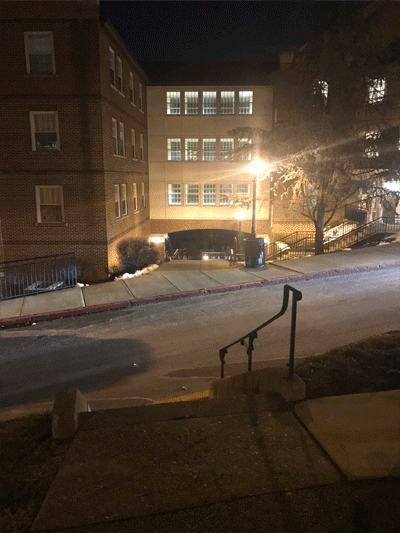


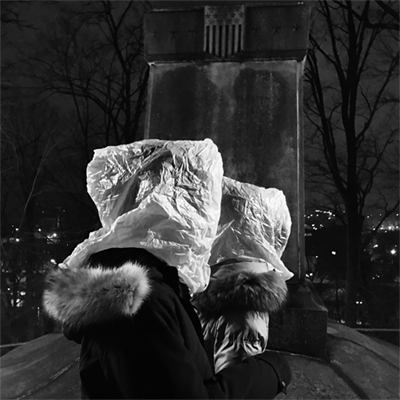
GIF
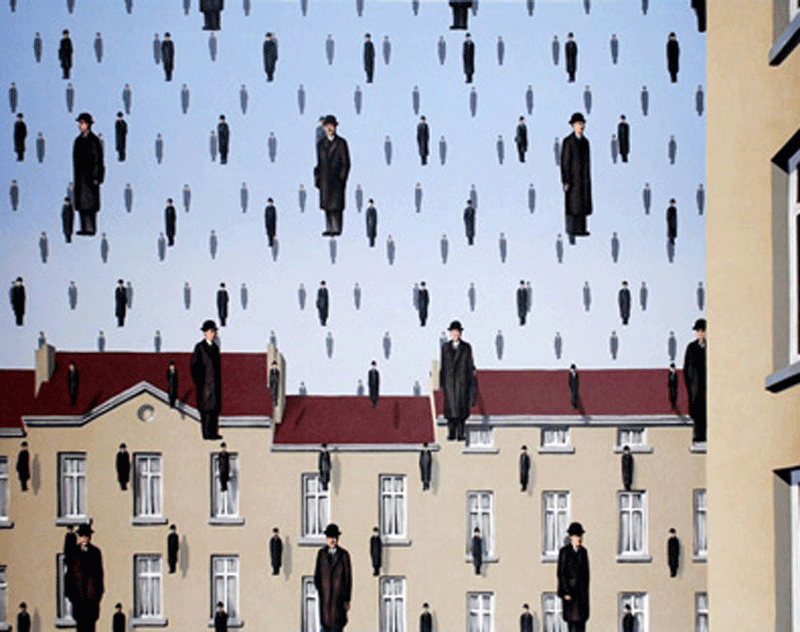
GIF
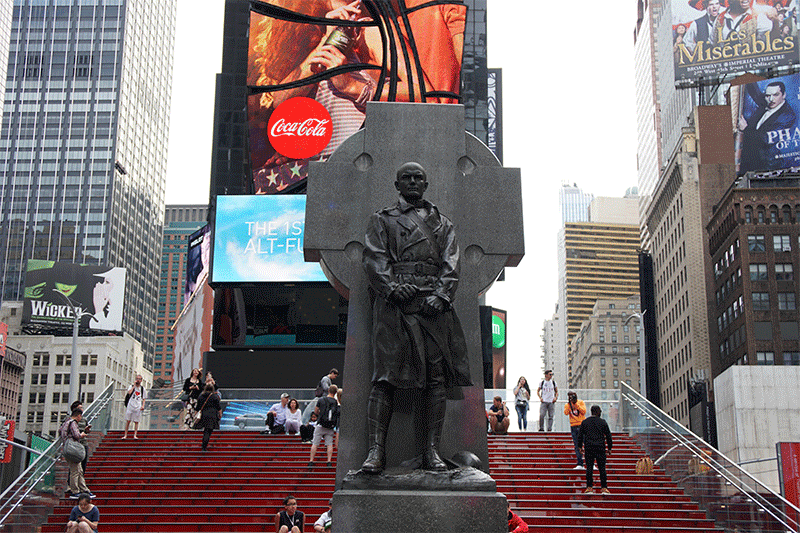
GIF
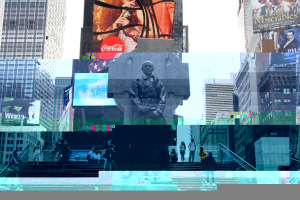

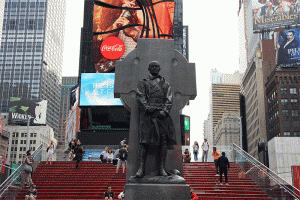
Post Lying Photographs to Social Media
I posted the photo I took of toy soldiers to the social media. One of my friends commented that the photo showed the war scene, and she asked if it was the day of commemoration of a war. It is surprising to hear that because the truth is quite different from what the photograph tells. Since I played with the scale of the objects, and took the picture from a low angle, the soldiers are seen to be much larger. Also, some people mentioned the black and white color of this photo and they said it was an old picture of a war or from a film. However, some people exposed my trick, and they thought the soldiers were not real but models or sculptures. After posting this lying photograph, I also posted the picture that shows the real scene. The second photo shows a row of tiny toy soldiers by the window. This time people were surprised at the toys’ tiny scale, and some thought that they were fooled. So from this lying photo, I found it interesting to see things from a different angle and take photographs of them
.

